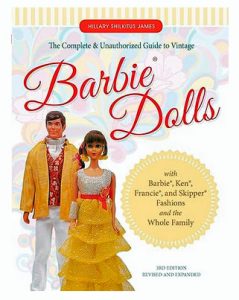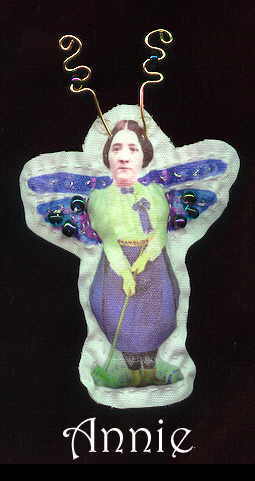
This is the second page of a two-part interview with British dollmaker Ambermoggie.
Q. If you were stranded on a deserted island and could take just a few supplies with you, what would you need to make dolls?
A. If I were stranded on an island the items I’d need would be wool, wire, a needle and cotton and paint. I could make my own felt and the wool would also make the dolls hair. With paint I could make any colour and by thinning it down dye the fibres. I’d hate to not have a doll in progress… it doesn’t feel right.
Q. What’s your best advice for someone who’s just beginning as a dollmaker?
A. For anyone starting out I would say: Just play and let your mind lead you to your kind of doll. There are no right and wrong ways to make dolls; there are only people’s interpretation of the ideas within. I’d just go for it.
If after that you want to take classes that’s good, but don’t feel that is the only way to learn. It isn’t. I’ve never been able to take any classes in any of the arts I do but it doesn’t stop me having a go.
Q. Do you have a special way of displaying dolls that you keep, or your own collection of dolls?
A. I display my dolls that I keep on a fairy tree .It has tiny christmas lights on and the dolls. These change quite often as I tend to give most of them away.
For me the joy is in making them and then the pleasure people get from receiving them, They seem to bring something to people and that for me is the best reason to make them.
The ones that I most remember from selling were made for auctions to raise money for 9/11. People gave most generously and I received some lovely emails saying how they loved the dolls. I like the idea that my dolls are in many private collections around the world for one reason – they are loved. Not bad for someone who, up to a few years ago, was too scared to make anything.
Q. Do all of your dolls have names when you make them? If so, does the name “come to you” or do you think it up deliberately?
A. I don’t name them usually if they are going to other people; I leave that to them. I just think of them as a representation of the element they embody . I have named some of the figures that I’ve kept, from characters in books.
For example, I have one with feathers and gems who is my idea of Margaret Pye (Magpie) in the Charles de Lint Some Place to Be Flying. His work has influenced me the most. I see characters I want to make in all his books. Charles and Maryann have quite a collection of my figures and also commisioned one for a friend of theirs several years ago.
Q. Your art is always breathtakingly beautiful. Where do you plan to go with your dolls and figures in the future?
A. I look now at the first doll I made. She is sitting on my desk as we speak with her brush in hand, ready to create. The ones I make today resemble her but yet are different and that is what I’d like to continue doing: Moving ever on in different directions from this beginning.
I’m currently exploring pixie feet, faces and hands, and that is fun.
I’m also enjoying getting back to writing stories. I’ve had quite a few dolls and other items in magazines and I’d like to do more of that.
I’d also enjoy teaching some more. I did a workshop last summer at a camp we were at. There were 30 people there from around 4 years of age to 80, both male and female. It was a shock when I saw how many were waiting for the class, but we had great fun. Everyone made a doll and each one was different. It was so much fun to see how they all did.
Q. Is dollmaking an evolutionary process for you, and–if so–where do you see your dolls and figures going, in the future? Were there significant discoveries ∓ turning points for you, along the path?
A. The most significant stepping stones for me and my art were: Firstly, I could make something that reflected what I could see. Secondly, that following your heart is the most important tool in making dolls. Thirdly, that it doesn’t matter that I can’t cut a straight line or turn tiny fingers out of fabric with these stiff and clumsy fingers of mine. Finally, that I make my dolls and my art for me. That other people love them is a bonus… but not the reason to do it.

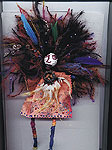


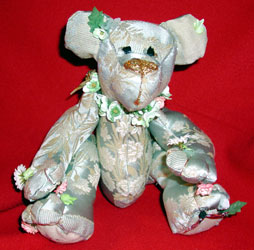
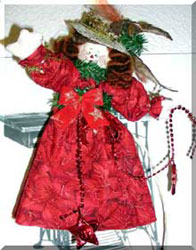 Q. How did you become a dollmaker? How long have you been making dolls and figures?
Q. How did you become a dollmaker? How long have you been making dolls and figures?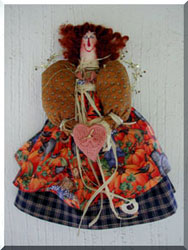 A. Yes. I studied at the Art High School in Lecce. Lecce is in the little region of Puglia, and it is best known as southern Italy’s most important Baroque city. Lecce’s craftsmen are respected worldwide for their papier-mache art, especially for religious sculptures.
A. Yes. I studied at the Art High School in Lecce. Lecce is in the little region of Puglia, and it is best known as southern Italy’s most important Baroque city. Lecce’s craftsmen are respected worldwide for their papier-mache art, especially for religious sculptures.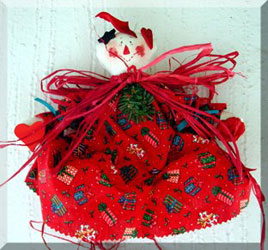 The food, the music (Rossini, Verdi, Paganini and so on…), and our characteristic creative spirit inspire me: colors and shapes of our small region, our rich history, culture, and Italy’s legendary wine and food. And, I love our continuous capacity to renew arts and craft. I attended the Bologna university, Europe’s oldest continuing institution of higher learning, and possibly the world’s oldest university!
The food, the music (Rossini, Verdi, Paganini and so on…), and our characteristic creative spirit inspire me: colors and shapes of our small region, our rich history, culture, and Italy’s legendary wine and food. And, I love our continuous capacity to renew arts and craft. I attended the Bologna university, Europe’s oldest continuing institution of higher learning, and possibly the world’s oldest university!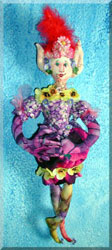 A. Well… sometimes my dolls haven’t a name until they are finished. And, sometimes the name is in my mind when I start, but it doesn’t suit the doll, after all. I love the sound of some words like “Camilla,” “Desiderio”(one of my angels is called Desire), and “Coriandolo” (coriander). These words inspire figures.
A. Well… sometimes my dolls haven’t a name until they are finished. And, sometimes the name is in my mind when I start, but it doesn’t suit the doll, after all. I love the sound of some words like “Camilla,” “Desiderio”(one of my angels is called Desire), and “Coriandolo” (coriander). These words inspire figures.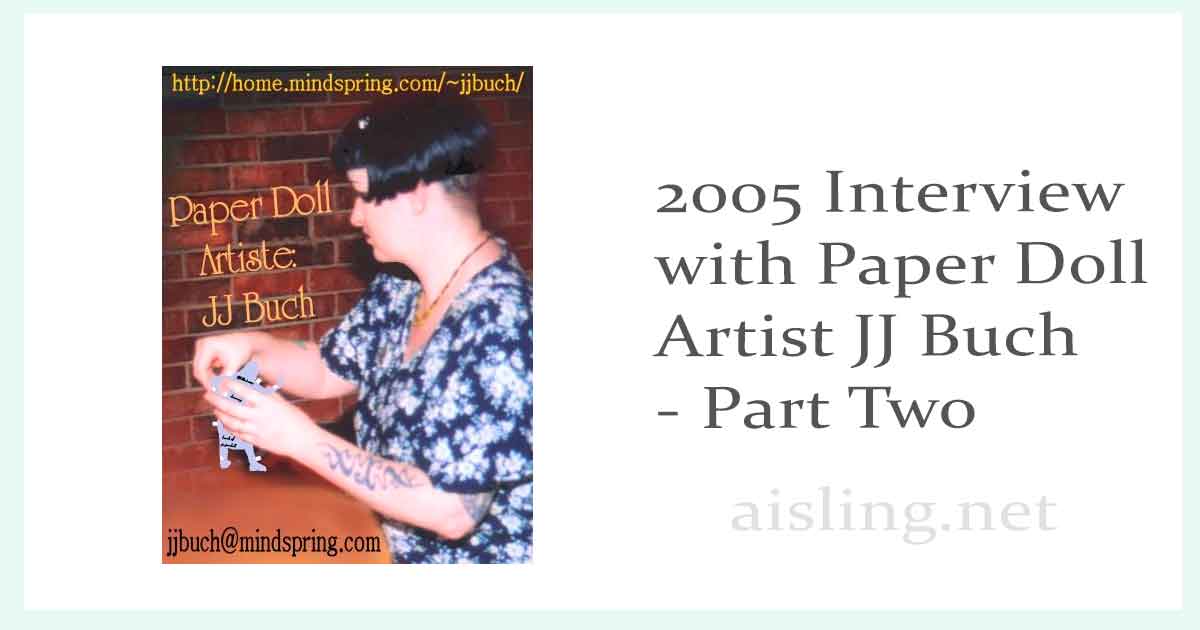
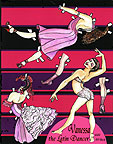 A. Yes, yes… the Ginghams little girls from the 70s, and Betsy McCalls from my Grandmother’s magazines. I made a paperdoll of my Grandmother in her honor, it is called “Amazing Grace”.
A. Yes, yes… the Ginghams little girls from the 70s, and Betsy McCalls from my Grandmother’s magazines. I made a paperdoll of my Grandmother in her honor, it is called “Amazing Grace”.
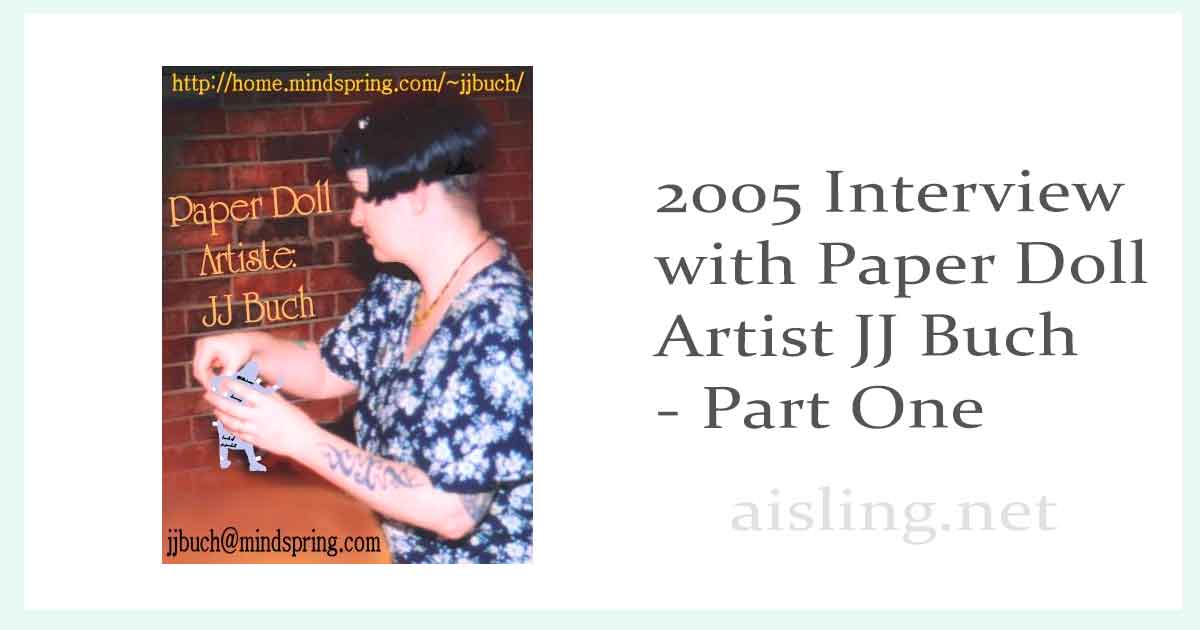
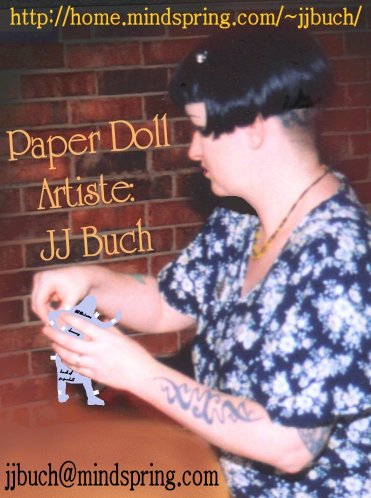 In January 2005, I had the great good fortune to interview paper doll artist JJ Buch.
In January 2005, I had the great good fortune to interview paper doll artist JJ Buch.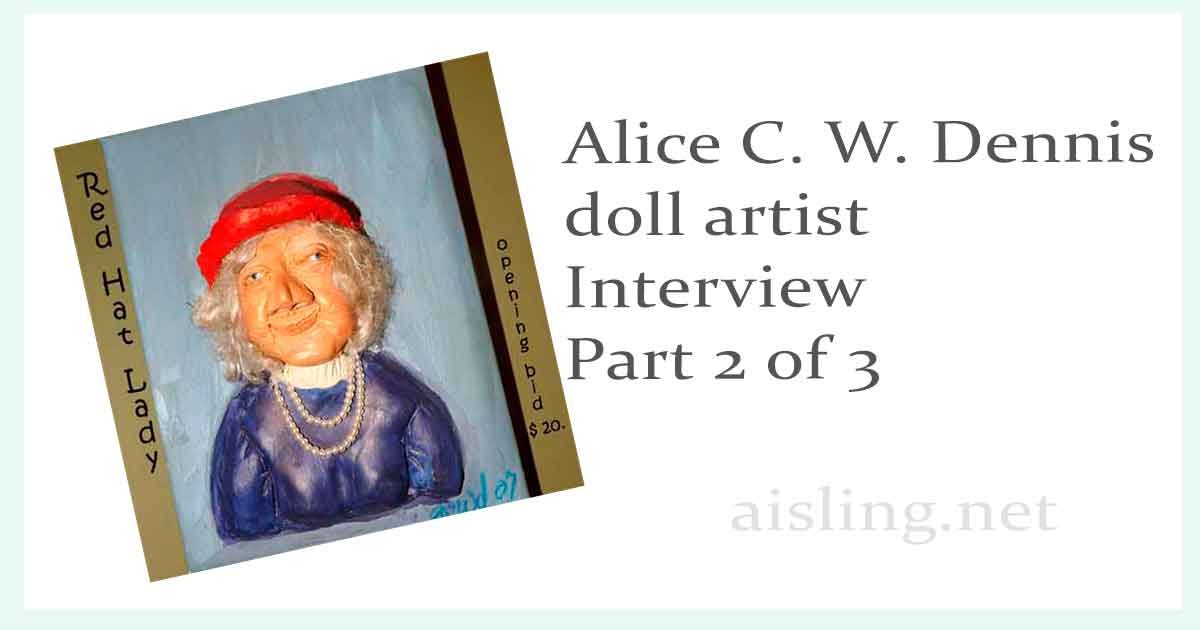
 I read Soft Dolls & Animals, Art Doll Quarterly, and I belong to several internet doll lists. I love all of these, but things and people influence me the most.
I read Soft Dolls & Animals, Art Doll Quarterly, and I belong to several internet doll lists. I love all of these, but things and people influence me the most.
